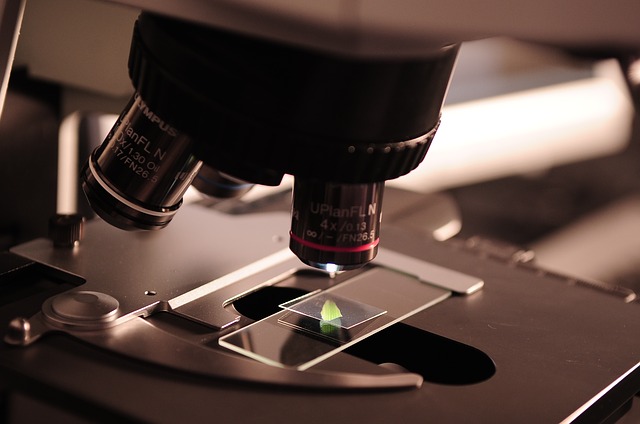
According to an article published a few days ago in the journal Science, researchers from the Salk Institute led by Dmitri Lyumkis have figured out what enables the human immunodeficiency virus — also known as HIV — to integrate into a person’s DNA and replicate inside the human body. The machinery that makes this replication possible is referred to as ‘intasome’, and it holds important clues that will likely revolutionize future HIV treatment.
Right now, there’s a class of drugs called INSTIs (integrase strand transfer inhibitors) — meant to target intasomes — already approved for HIV treatment in Europe and the U.S. But it’s nowhere near as effective as hoped. Not only is there limited information on how INSTIs will fare against deadly HIV and its powerful resistance feature. More importantly, the INSTIs were developed based on the structures of a virus that’s similar to HIV (called PFV or prototype foamy virus), but not from the HIV intasome itself which has been extremely difficult to study. Until now.
It was back in 1994 when scientists were first able to determine the structure of integrase, the enzyme used by intasome. From then on, many additional relevant discoveries have been made, continually bringing biologists closer to understanding the intasome mechanisms of HIV and other retroviruses better, but never really reaching the full understanding everyone was aiming for. Retroviruses are basically a group of viruses composed of RNA instead of DNA, capable of copying their RNA into the DNA of a cell they enter so they can replicate over and over.
With conventional techniques, HIV intasome remained an enigma that was nearly impossible to solve. But by using a highly advanced imaging technique called single particle cryo-EM (cryo-electron microscopy), Lyumki and his fellow scientists were able to study the HIV intasome in greater detail.
By comparing the PFV intasome with the HIV intasome, the team found out that though they have similar core components, HIV had more core units, what they are calling as “higher-order species”, than PFV. And it is this seemingly more complex structure that makes it much more deadly than its predecessors or the earlier, simpler retroviruses. With a more evolved core, HIV can do what other retroviruses can’t — it can get to a cell’s nucleus without having to wait for the cell to divide.
Lyumkis has come up with an analogy for it. “HIV is like the luxury car whereas other retroviruses are the economy models—they’re both cars, but the HIV intasome contains important upgrades to do different jobs,” he says.
The discovery is especially significant because HIV is undeniably one of the smartest viruses around; it knows how to evade the best drugs available. Observing the HIV intasome at its core and knowing everything it is capable of doing to replicate successfully will unlock the mystery of its ‘invincibility’. From there, it will hopefully be only a matter of time before more effective anti-HIV drugs can be developed.

Leave a Reply